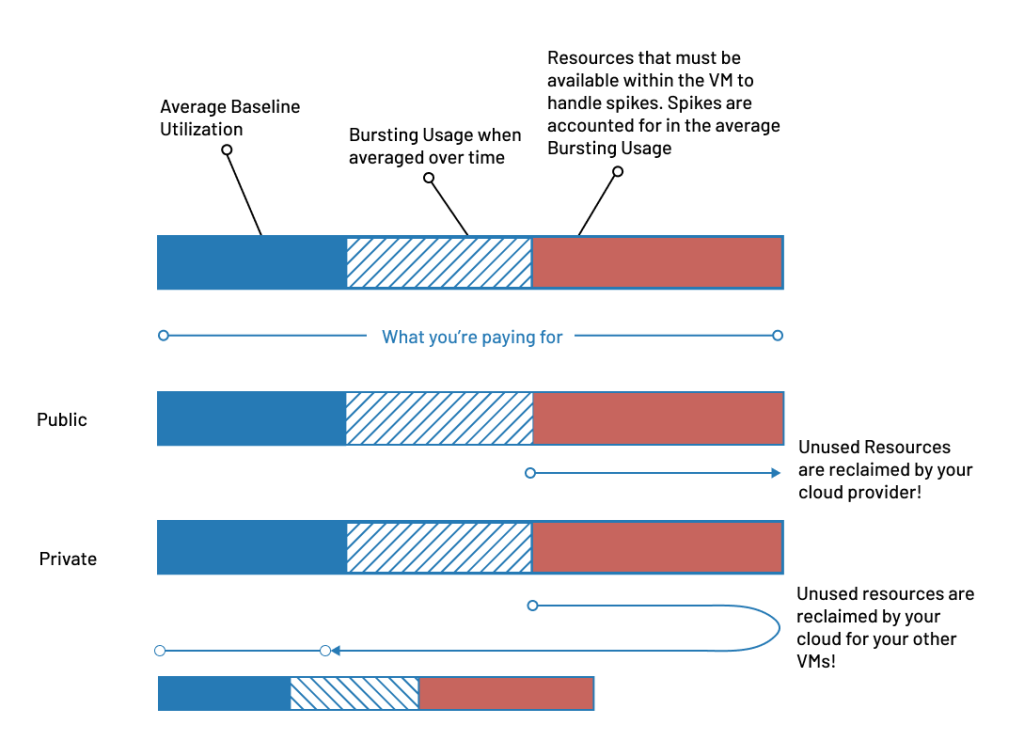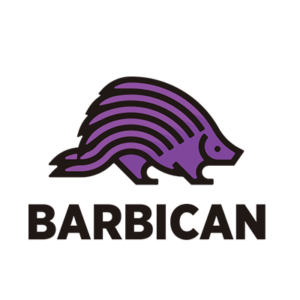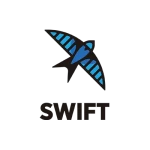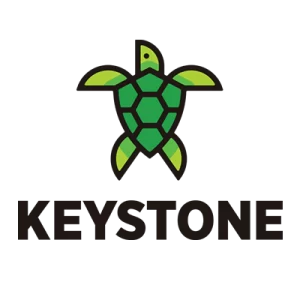OpenStack has led the way in private cloud for over 10 years. Industry titans and small companies alike have contributed to its success. It is recognized throughout the tech world as being equally flexible and powerful.
Much of that power comes from OpenStack’s mature core components and from OpenStack’s pluggable components.
Much of the flexibility comes from the rich ecosystem of developers and users around the world.
OpenMetal’s hosted private cloud and hybrid bare metal clouds are all run with an as-a-service OpenStack cloud at the center.
Modern OpenStack’s Modern Uses
As more and more customers joined OpenMetal it pushed OpenStack to evolve for us heavily in 2023. These modern users were coming off AWS, GCP, and other public clouds. This forced our OpenStack deployment to grow and mold to match the needs of these “public cloud transfer” customers.
Our OpenStack then became more and more preconfigured and opinionated to make it easier to use. This was ideal for many customers but then created a need for customers that required more customizations.
In 2023 and ongoing, we created a new OpenStack deployment system, based on Kolla-Ansible, that will become publicly available in 2024 to allow customers with heavy customization needs to modify from our known good configs.
This modern way of providing OpenStack brings OpenStack head to head with other cloud systems, including closed source systems like AWS and VMware.
![]()
Convesio gets control over infrastructure and reduces cloud costs more than 50%.
Industry: WordPress Hosting Platform Provider

OpenMetal works with project team to deliver cloud resources for CI/CD needs.
Industry: OpenStack Project Gating System
![]()
Pypestream achieves 50% savings by moving DevOps workloads to OpenMetal.
Industry: AI Customer Support Software as a Service (SaaS)
OpenStack Cloud Resource Management
OpenStack enables users to take the control of their own workloads at the underlying hardware level or “Hypervisor” level. With OpenStack, you directly control the resources of the hardware and not just the virtual resources.
This is a fundamental shift for users of the public cloud. In your private OpenStack, this means when you provision a VM you can provision the size you need; but during the time that VM is not spiking to consume the top level limit of the VM, those previously wasted resources are accessible via OpenStack’s Nova scheduler to be used by your other VMs!
Previously, in your public cloud deployment, your wasted resources either sit within your VM costing you money or are reclaimed by the public cloud to be resold to other users – still costing you money!
For additional information visit our Private Cloud Fundamental Advantage page.
OpenStack vs Public Cloud Efficiency
Average Used Resources
Average Burst Resources
Wasted Resources

The illustrative ratios used above (30%, 30%, 40%) are based from very large data sets over many years pulled from our public cloud and private cloud customers and from inbound customers from mega clouds. These ratios are aggregates and specific workloads will have different characteristics
OpenStack Documentation and Training
OpenStack documentation has evolved over many years. Some parts of the documentation is rich and informative, but other parts are less so, unfortunately. To aid both our customer’s understanding and to be additive to the overall OpenStack ecosystem, we have supplied our OpenStack Operator’s Manual and our OpenStack User’s Manual publicly. These guides can assist both new OpenStack admins and existing OpenStack admins looking for some new tips and tricks.
We are also continuously working on more informative content within our OpenStack Tutorials. OpenMetal has also jointly developed a training program released by Free Code Camp to help introduce aspiring cloud administrators to OpenStack.
Additional OpenStack Services
A unique value OpenStack brings is “long tail” services. These services are often specific to certain use cases and thus very valuable to that situation. Below are some popular ones, but in addition, you may also be interested in the complete list of OpenStack services.

DNS Service (Optional)

Secrets as a Service and RBAC (Optional)

Auto Recovery of Compute
(Optional)
OpenStack Community
OpenMetal is a Silver Member of the OpenInfra Foundation, supplies hosted private cloud services to the Zuul CI/CD system, and is an active participant at the OpenStack annual conference.
We also believe as a community we can more effectively compete against closed source mega companies. Learn more on our OpenMetal Community group pages.


The Next Generation of OpenStack Deployments
OpenStack has always powered OpenMetal private clouds. As OpenMetal has grown, focus has continued on providing OpenStack on-demand or “OpenStack as a service” because OpenStack is more accessible and more modern when delivered as quickly as mega competitors deliver resources.
In fact, OpenStack can be delivered as a full dedicated private cloud in about the same time as competitors deliver a single “Virtual Private Cloud”.
When viewed within the full scope of capabilities and providers in the ecosystem, OpenStack has never been more robust than in 2023. 2024 promises new features, more powerful hardware, networking improvements, and more standard services supported on OpenStack in OpenMetal’s hosted private cloud and managed private cloud offering.
Cloud Cores
Start with all the top OpenMetal features in a highly available configuration.
Cloud Expansion Nodes
Scale your cloud with flexible building blocks that fit your business.
Storage Clusters
Get high performance object, block, and file storage with fair egress at simple prices.
Interested in OpenMetal Cloud?
Schedule a Consultation
Get a deeper assessment and discuss your unique requirements.
Create Your Account
Take a peek under the hood of our cloud platform or launch a trial.
















































